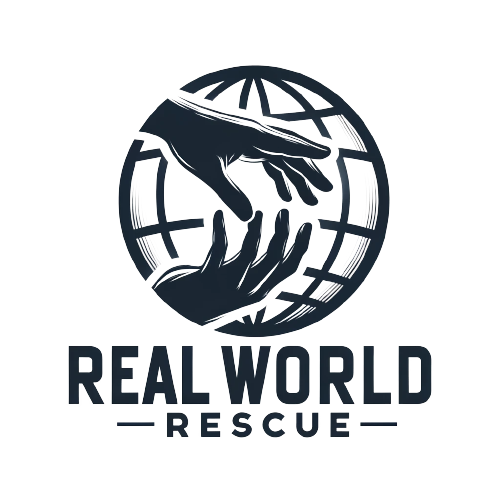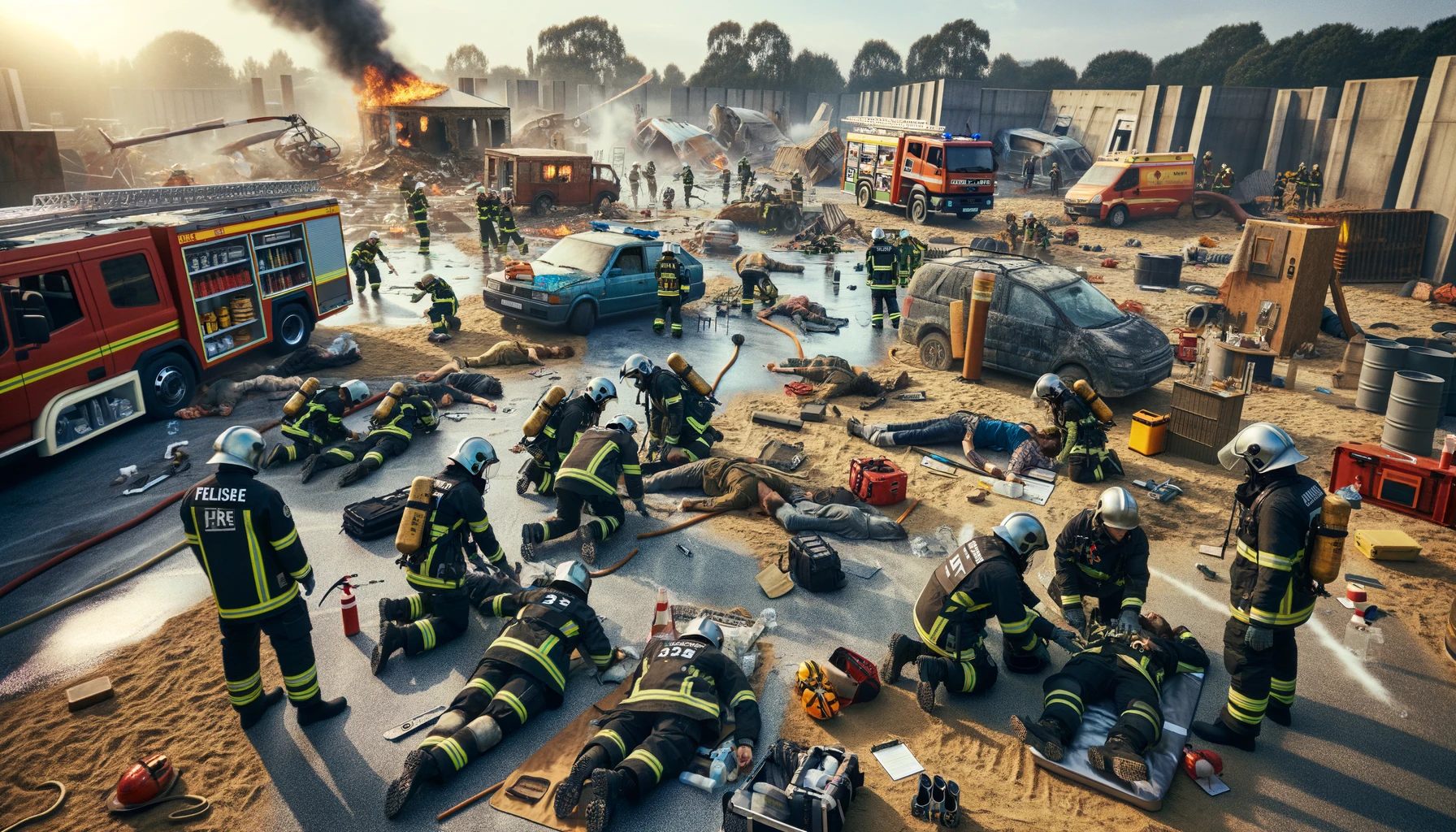In a world where emergencies and disasters can strike without warning, being equipped with the right skills and knowledge can make a significant difference in ensuring your safety and the safety of those around you. Emergency Response Training (ERT) is not just for professionals in the field of emergency services; it’s a critical skill set that everyone should possess. This article delves into the essentials of ERT, offering you practical tips and insights to prepare you for the unexpected.
Understanding Emergency Response Training
At its core, Emergency Response Training encompasses a broad range of skills and knowledge designed to prepare individuals to effectively respond to various types of emergencies, including natural disasters, medical emergencies, fires, and acts of terrorism. The primary objective of ERT is to equip you with the ability to protect yourself and others, minimize injury, and potentially save lives.
The Importance of Being Prepared
The importance of being prepared must be balanced. In the critical moments following an emergency, your initial actions can have a profound impact on the outcome. Whether it’s administering CPR to a person in distress, using a fire extinguisher to control a small fire, or knowing how to evacuate a building safely, the skills you gain from ERT can be life-saving.
Key Components of Emergency Response Training
ERT covers a wide array of topics, but several vital components are universally recognized as foundational:
First Aid and CPR
Learning basic first aid and CPR (Cardiopulmonary Resuscitation) is a cornerstone of ERT. These skills enable you to provide immediate care to those who are injured or experiencing a medical emergency, such as a heart attack or choking, until professional help arrives.
Fire Safety
Understanding fire safety principles, including the use of fire extinguishers, identifying fire exits, and knowing how to conduct oneself during a fire, is crucial. ERT teaches you how to react swiftly and calmly in a fire emergency, reducing panic and ensuring safety.
Natural Disaster Preparedness
Natural disasters, such as earthquakes, floods, and hurricanes, require specific preparation and response strategies. ERT educates you on how to prepare an emergency kit, create a family emergency plan, and understand the appropriate actions to take during and after a disaster.
Threat Response
With the unfortunate rise in incidents of terrorism and active shooter situations, ERT now often includes training on how to respond to these threats. This training focuses on awareness, avoidance, and actions to take to protect oneself and others in such situations.
Practical Tips for Effective Emergency Response
To make the most of your Emergency Response Training, consider these practical tips:
- Practice regularly: Skills, especially those related to first aid and CPR, need to be routinely practiced to remain sharp.
- Stay informed: Keep up-to-date with the latest safety protocols and emergency response techniques.
- Prepare an emergency kit: Have an emergency kit readily available in your home, workplace, and vehicle.
- Create a communication plan: Ensure your family knows how to communicate and where to meet in case of an emergency.
- Learn from real-life scenarios: Study real-life emergencies to understand what worked and what didn’t and how you might apply those lessons.
FAQs on Emergency Response Training
Q: Is Emergency Response Training challenging to learn?
A: No, ERT is designed to be accessible and understandable for individuals of all backgrounds and ages. With the right training program, you can quickly learn the basics of emergency response.
Q: How often should I undergo refresher training?
A: It’s recommended to undergo refresher training at least once a year to keep your skills up-to-date and to learn about any new techniques or information.
Q: Can emergency response training really make a difference in a disaster situation?
A: Absolutely. Being trained allows you to act decisively and correctly in emergencies, potentially saving lives and preventing further harm.
Q: Where can I receive Emergency Response Training?
A: Many organizations and institutions offer ERT, including the Red Cross, community centers, and local fire departments. Online courses are also available for those with busy schedules.
Conclusion
Emergency Response Training is an invaluable skill set that everyone should possess. It prepares you to face unexpected situations with confidence and calm, ensuring that you can protect yourself and those around you. By understanding the critical components of ERT, applying practical tips, and staying informed, you can become a capable and effective responder in any emergency.
Remember, the knowledge and skills you acquire through Emergency Response Training can make all the difference when it matters most. Take the initiative to learn, practice, and prepare yourself. In doing so, you’re not just safeguarding your own life, but you’re also contributing to the safety and resilience of your community.
Emergencies are unpredictable, but with the proper training and preparation, you can be ready to face them head-on. Start your Emergency Response Training today, and be the difference in someone’s life tomorrow.

